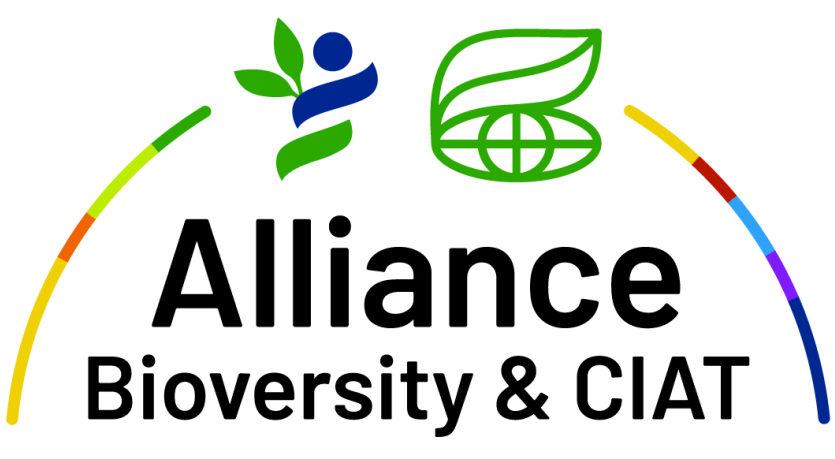MODIS Forest Loss Alert
The data contained in the tables correspond to the alerts generated by the Terra-i Ethiopia system. Each alert generated by the system is equivalent to approximately 6.25 ha.
Click on the following links to download the data
National level dataset:
 Table with statistics at national level (csv)
Table with statistics at national level (csv)
Other administrative levels:
 Table with statistics at Regionals level (csv)
Table with statistics at Regionals level (csv)
 Table with statistics at Zones level (csv)
Table with statistics at Zones level (csv)
 Table with statistics at Woredas level (csv)
Table with statistics at Woredas level (csv)
 Table with statistics at Protected area level (csv)
Table with statistics at Protected area level (csv)
To generate these data, the data were first projected onto a UTM projection (datum WGS84).For the case of the Terra-i raster, the pixel size was set to a value of 250 m.
For a correct interpretation of the data the following indications should be taken into account:
● Terra-i is a system that detects forest changes. Thus, for a proper interpretation of forest loss (deforestation), changes should be queried using the eco-region layers representing forests. Another option is to download the geo-referenced data, and then perform the analysis based on the extracted data using reference layers by the user;
● If a MODIS pixel is detected by Terra-i it is assumed to be completely changed even if this alteration was only partial over the total area of the pixel. This can usually lead to an overestimation of the true value;
● The spatial resolution of Terra-i (~250 m) does not allow observation of small-scale events. The Terra-i alerts presented in the tables and reports should therefore be used as an indicator of the rate trend for multi-temporal analysis every 16 days or annually. However, it should never be considered as the exact figure of change in the analysed area as high resolution data must be considered for this. Terra-i is a good tool to provide alerts of coverage change events to support decision making.
DATASET: The data distributed here is in CSV format for different administrative level. These data are derived from the Terra-i output at 250m spatial resolution, in decimal degrees and datum WGS84. It is derived from the USGS/NASA MODIS data. CIAT processed this data to provide habitat change maps. The detections were made using algorithms described by Reymondin et al. (2012).
Additional data sources:
● Land use Land cover map of Ethiopia for the year 2003 (Source: RCMRD)
● National forest and non-forest map: generated by EFD for the year 2020.
DISTRIBUTION: Users are prohibited from any commercial, non-free resale, or redistribution without explicit written permission from CIAT. Users should acknowledge CIAT as the source used in the creation of any reports, publications, new data sets, derived products, or services resulting from the use of this data set. CIAT also request reprints of any publications and notification of any redistributing efforts. For commercial access to the data, send requests to Louis Reymondin (l.reymondin@cgiar.org).
NO WARRANTY OR LIABILITY: CIAT provides this data without any warranty of any kind whatsoever, either express or implied, including warranties of merchantability and fitness for a particular purpose. CIAT shall not be liable for incidental, consequential, or special damages arising out of the use of any data.
ACKNOWLEDGEMENT AND CITATION: We kindly ask any users to cite this data in any published material produced using this data, and if possible link web pages to the CIAT-Terra-i website (www.terra-i.org).
REFERENCE: Louis Reymondin, Andrew Jarvis, Andres Perez-Uribe, Jerry Touval, Karolina Argote, Julien Rebetez, Edward Guevara, Mark Mulligan (2012), A methodology for near real-time monitoring of habitat change at continental scales using MODIS-NDVI and TRMM. Submitted Remote Sensing of Environment.





